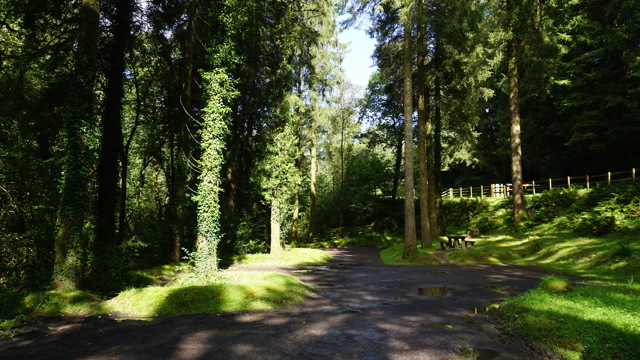Protecting the environment and improving nature is a priority for Trydan, and the opportunities to do this are plentiful at our Glyn Cothi site in the Brechfa Forest, Carmarthenshire, where ecology and ornithology survey work is already underway.
We employ expert independent consultants to advise us and undertake the work, which starts with a review of existing information from a multitude of sources, often gathered over many years, describing natural, environmental and socio-economic characteristics.
The neighbouring Brechfa Forest Wind Farm, which became operational in 2017, also provides us with valuable local environmental information and key learnings on successfully reducing impacts and enhancing biodiversity.
Once we have reviewed the existing information, the next step is to undertake bespoke local surveys and focused investigations. Our aim is to fully understand the behaviours of all the species on site, and the types of habitats they occupy.
In the case of our proposed Glyn Cothi development, the ornithology and ecology teams were the first on site.
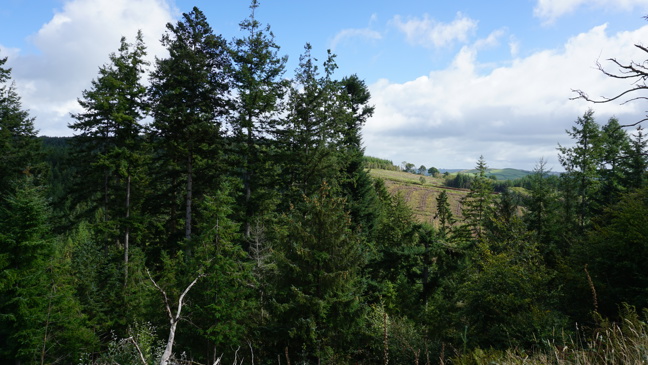
Surveying bird life on site
Ornithologists are among the first specialists on site as bird surveys need to be conducted over two years so that bird life in and around the site is observed and recorded over several seasons, including the all important breeding season.
Much of the work involves observation and our teams are out for hours on end, armed with binoculars, telescopes, a GIS-enabled tablet - and a flask of tea! - meticulously noting bird species and behaviour.
Flight activity surveys
One of the most important assessments that we need to make is the risk of birds colliding with the turbines, so that turbines can be sited to avoid and minimise this happening. Flight Activity Surveys record the locations and heights at which birds fly, flight frequency, and the time of day they are present in the skies above the site.
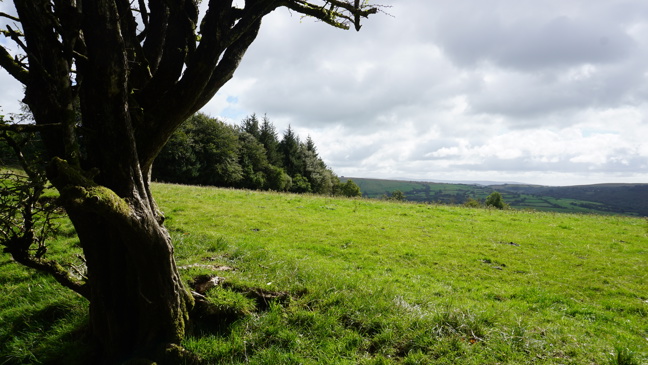
Distribution and abundance surveys
Ornithologists also undertake Distribution and Abundance Surveys, assessing what types of birds live on or make use of the site; feed or nest there; or use it as a site for roosting – red kites, for example, often roost communally in the winter.
This work is painstaking and information gathering is massive and often takes up to 1000 hours!
Our Glyn Cothi project is in a commercial plantation of conifer trees, which typically doesn’t support a diverse bird community. Nonetheless, there are some very interesting birds using the site especially raptors and birds of prey such as goshawk, buzzard, kestrel, redstart and nightjar. In fact, some areas are particularly popular with nightjars!
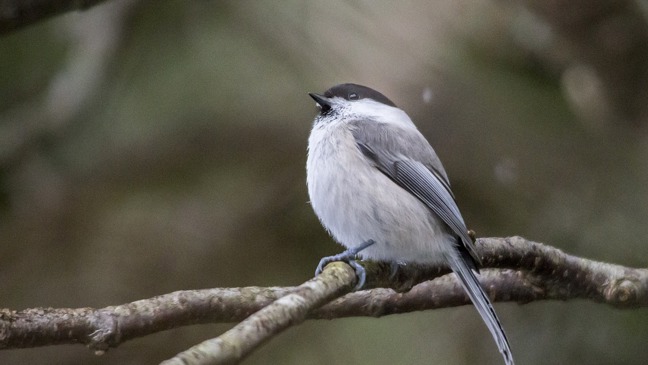
"Willow tit, Poecile montanus", by Erik Karits, free for use under the Pixabay Content Licence
Willow tit
One of Trydan’s missions is to improve habitats for willow tit, a very rare species of bird which is on the Red List.
The term "Red List" in relation to the willow tit refers to the Birds of Conservation Concern Red List, which is a classification of bird species in the UK that are facing the most serious levels of decline and therefore require conservation action. The willow tit is classified as Red due to its significant population decrease.
Our partners – Natural Resources Wales, who manage the forest – told us at the beginning that willow tit might be present in forests across Wales. As a result, Trydan instructed the ornithologists to undertake targeted surveys to find this rare and interesting bird, and we are delighted to report that there are willow tit at Glyn Cothi!
This is a bird that favours wet woodland, particularly areas with damp, young, regenerating woodland containing old dead wood. We are delighted that willow tit have found a home in Glyn Cothi and we look forward to playing our part in ensuring their population grows and thrives on site.
Biodiversity at Glyn Cothi – surveying the plants and animals on site
The ecology teams are also on site early in the development process, usually about a year after the ornithologists have begun their work. In the case of Glyn Cothi, our ecologists started their work in July 2025, assessing habitats and species.
The commercial forestry on site may have encouraged specialist woodland species such as Red Squirrel, Pine Marten, and Goshawk to be present and our surveyors will be out on site looking for evidence of these. They will also on the lookout for populations of otter and Great crested newt within the wetlands and waterways. If any of these species are found, we will look to enhance the supporting habitats so that populations of these species can grow and thrive.
But first, we must find out what’s there! To do this, our ecologists start by getting to know the site, and there’s no better way of doing this than by putting on the wellingtons and walking!
During the walk over the ecologists identify areas that need a more detailed survey, such as native habitats where there has never been any commercial plantation, the edges of the forest, open areas and roadsides. They are also on the lookout for any indication that there might be protected species present – so signs such as footprints, excrement, evidence of feeding, and animal homes such as the dreys that red squirrel make.
Species under threat are afforded some of the highest protection in law, and these include the Great crested newt, and some species of bat. Finding these animals requires some technical expertise and specialist equipment. Acoustic detectors are used to listen to bat calls, and advanced AI software helps to determine the exact species. In the case of the great crested newt, water samples from site are taken and DNA tested in the laboratory.
Protecting and enhancing
The ornithology and ecology teams have a number of aims. As a first step, they need to establish a comprehensive baseline of the site as things stand right at the beginning of the project. This enables comparisons to be made further down the line (as the project develops) about progress and impacts.
The teams need to develop a real appreciation of the site so that the development can be managed as sympathetically as possible and in a way that protects nature.
But it’s not just about collecting data to minimise and protect what’s there already. Throughout their work, our ornithologists and ecologists always have an eye on additional measures that could be undertaken as part of the development to enhance conditions for nature so that even more plant and animal species can thrive on site.
As Glyn Cothi is a large site, there are lots of opportunities to work positively on habitats that might be a bit further away from where the infrastructure is.
As a starting point, we look for improvements that are fairly easily achievable through the typical day to day management of the site, for example replanting areas with a more appropriate mix of plant species, especially broadleaf trees. We will try to diversify the structure of the woodland and connect different pockets of native woodland to provide corridors for animal species to traverse.
Another big win for nature comes with managing drainage to make areas wetter. Just by doing this, and then leaving nature to its own devices, produces some quite rapid and interesting results.
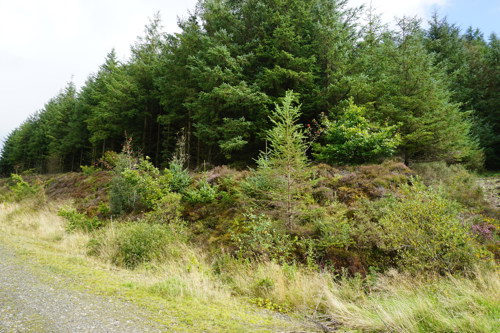
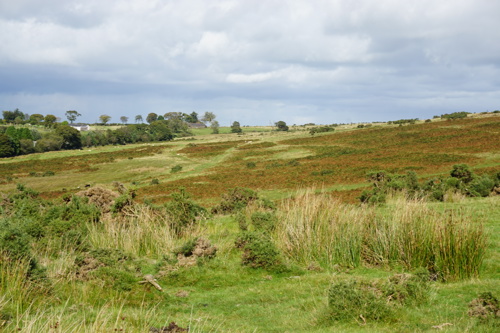
Improving biodiversity – a statutory duty
Improving biodiversity is a statutory requirement for developments in Wales - termed Net Benefit for Biodiversity (NBB). The 2016 Environment (Wales) Act introduced this legal duty on all public authorities, commonly referred to as the "Section 6 Duty”, requiring that the development must leave “biodiversity and the resilience of ecosystems in a significantly better state than before, through securing immediate and long term, measurable and demonstrable benefit, primarily on or immediately adjacent to the site.”
Read more about Net Benefit for Biodiversity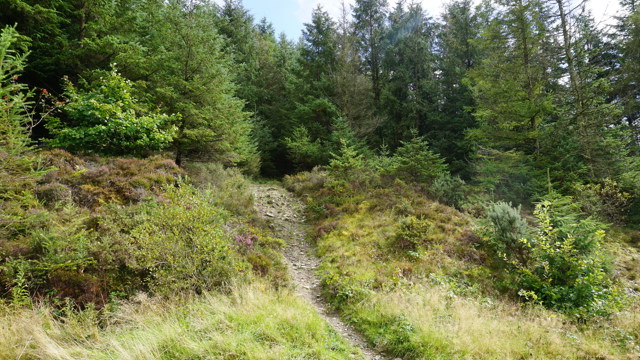
We want to hear from you
Trydan’s mission is to develop clean, green, electricity using Wales’s abundant supply of natural resources. While pursuing our mission, we have the opportunity to also do other great things. In the case of the woodland estate, we are determined to increase the diversity of plant and animal species on site and create habitats where they can grow and thrive. If you are part of a local nature group or have ideas you’d like to contribute to our ecology and ornithology work, please get in touch.
Contact us